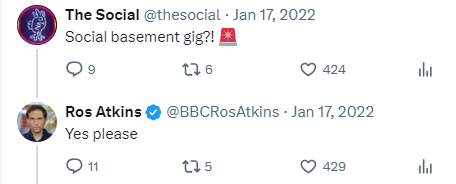You’ll have seen the multiple false claims that Putin and his supporters are making about ‘Nazis’ in Ukraine. We’ve looked at them in detail.
• • •
Missing some Tweet in this thread? You can try to
force a refresh









